Page 4 of 6
初日
Day Three
Day Three
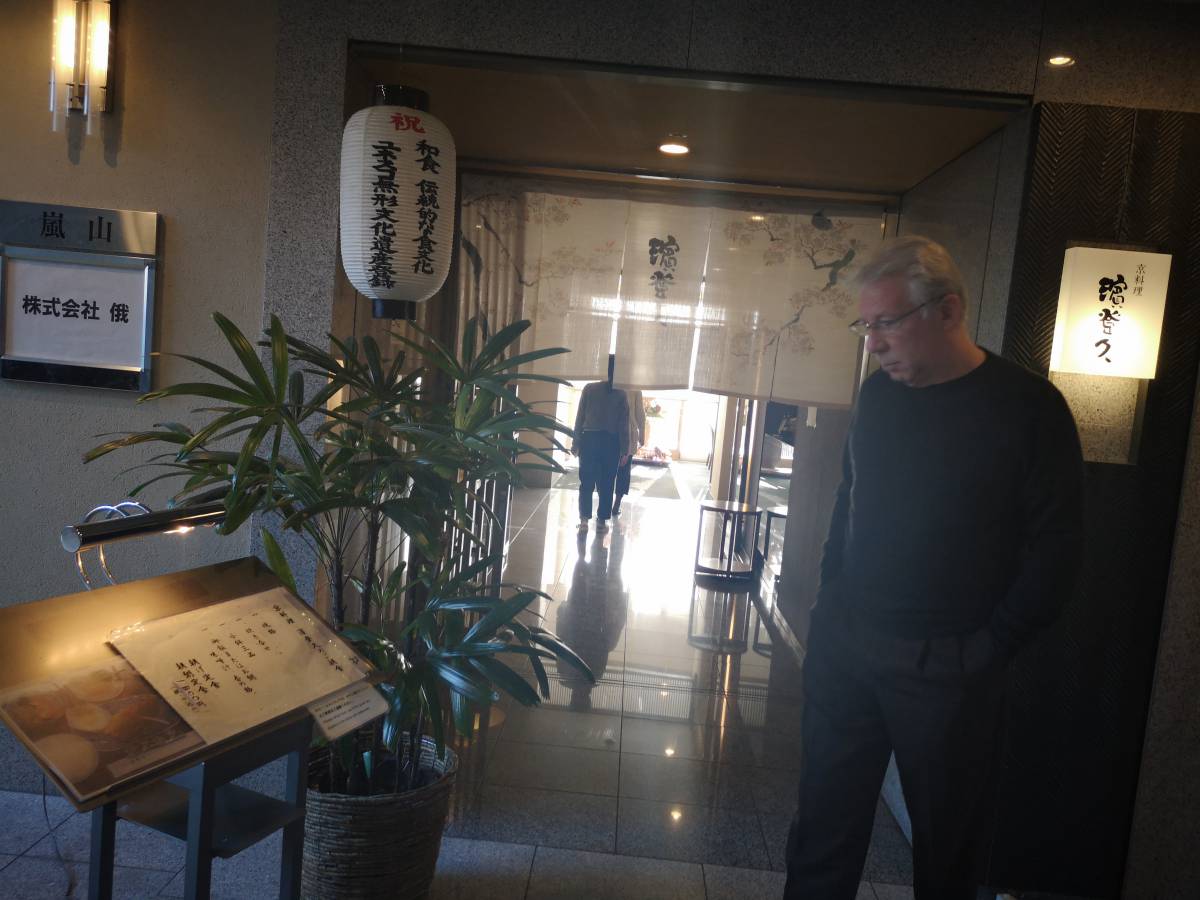
Good morning, let's have a Japanese breakfast in style. The hotel offers the real thing on the second floor. the entrance looks promising. A lady leads us to a table for two. The menu shows a few choices to trays with either fish or meat. After a while an elderly lady stops by and we order. She asks if we like HARD rice or SOFT rice. We look at each other, puzzled by the question, and order SOFT rice.
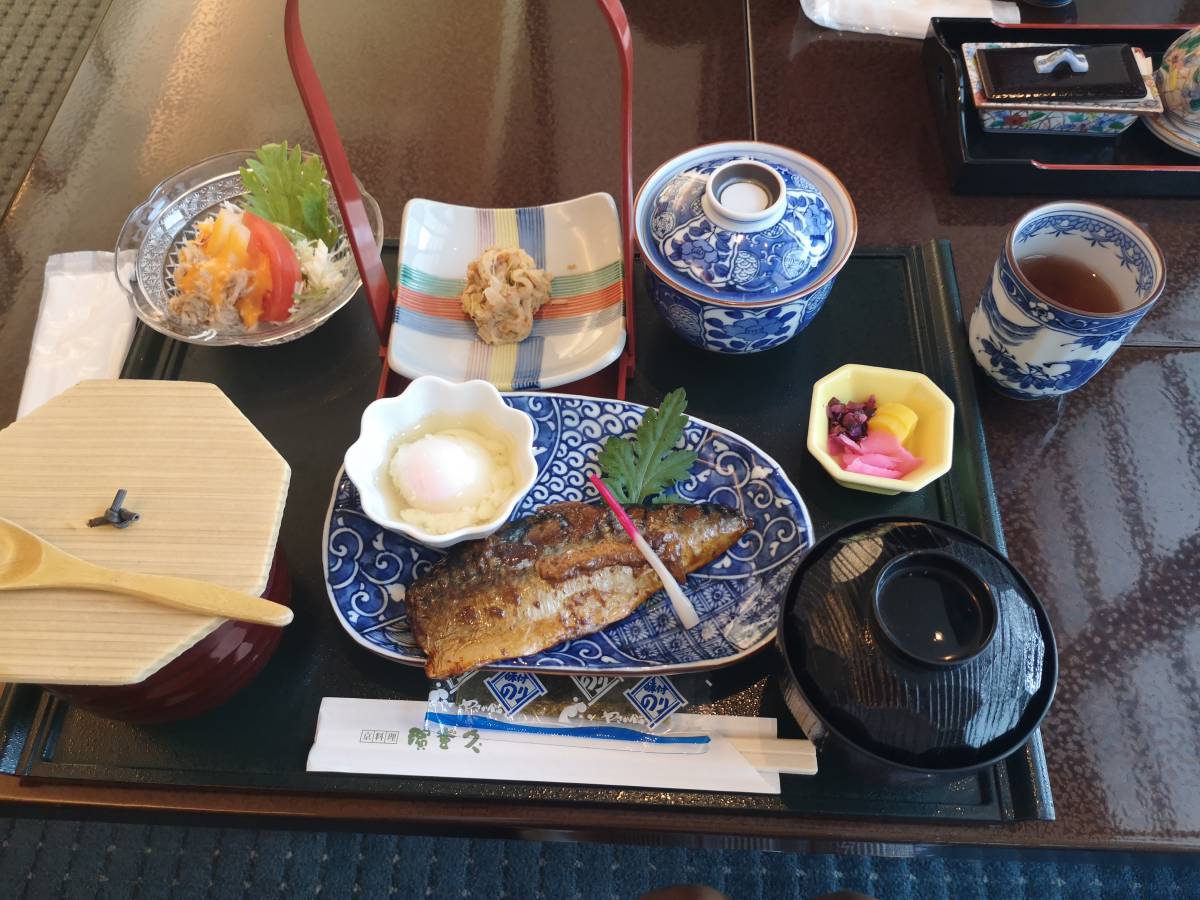
Few minutes later, someone bring 2 trays with our orders. It turns out the SOFT rice is PORRIDGE! A moment of "lost in translations".
Porridge, Miso soup, fish, condiments, salad, tuna paste and a white jelly like food, can't find the name. Of course thee is served.
Done with breakfast, pay n the way out and for coffee lovers, a free self service coffee table with coffee-2-go!
Porridge, Miso soup, fish, condiments, salad, tuna paste and a white jelly like food, can't find the name. Of course thee is served.
Done with breakfast, pay n the way out and for coffee lovers, a free self service coffee table with coffee-2-go!
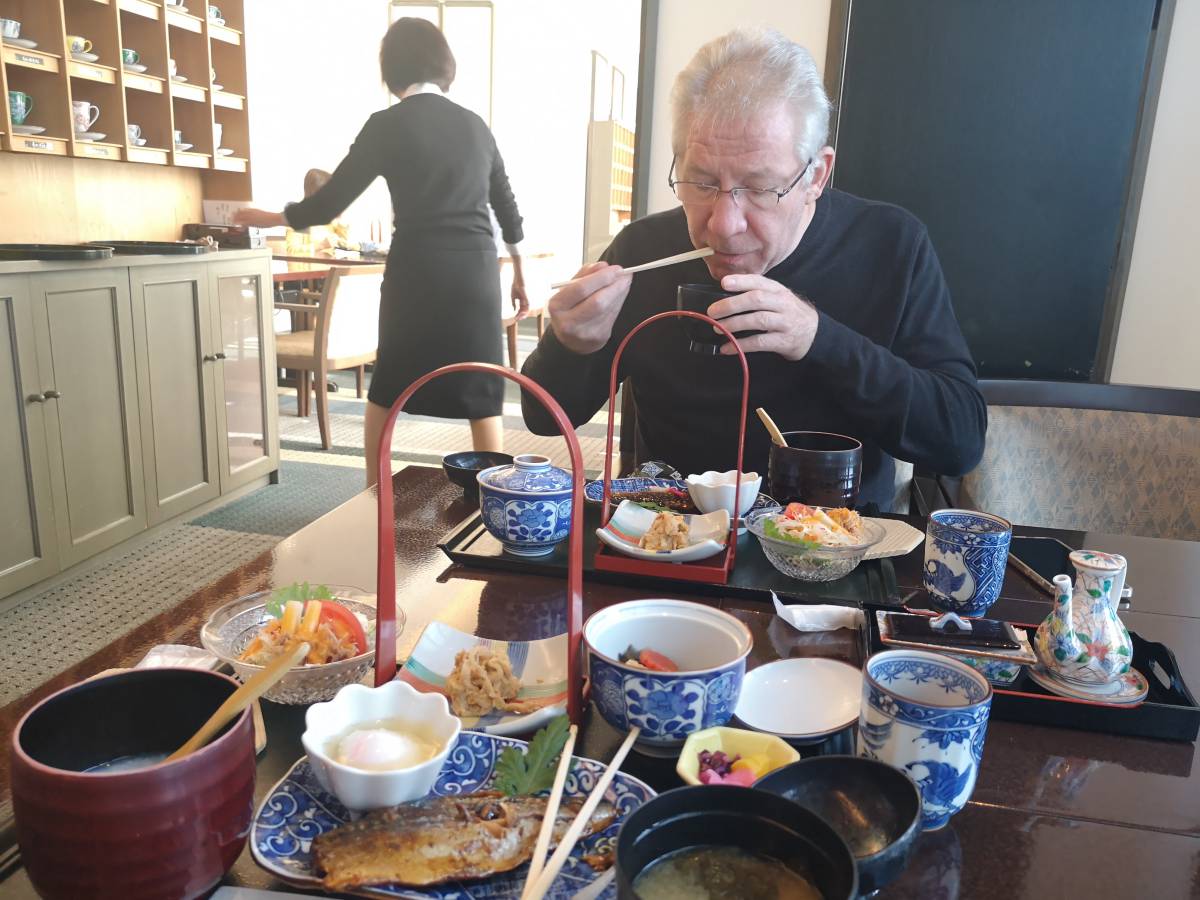 Breakfast Japan style
Breakfast Japan style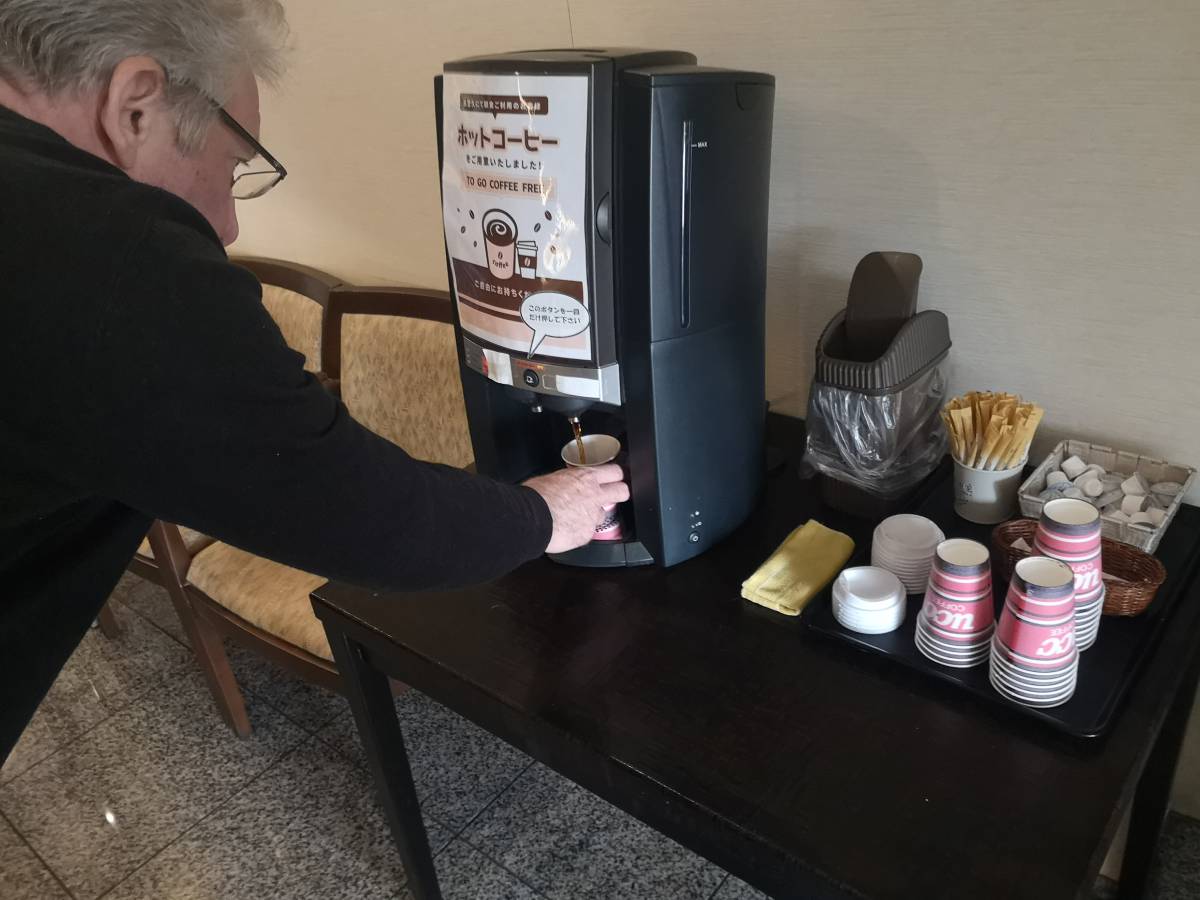 Free coffee to go
Free coffee to goFirst destination: Fushimi Inari Shrine




Fushimi Inari Taisha is Kyoto’s most important Shinto shrine and one of its most impressive attractions. Located in southern Kyoto, it is famed for its variety of shrines and vermilion torii shrine gates, with thousands of them winding their way up the sacred Mount Inari. Whatever you do, don’t miss it.About Fushimi Inarai Taisha
Fushimi Inari Taisha is the head shrine of Inari, the god of rice, sake and prosperity and patron of business, merchants and manufacturers. The shrine sits at the base of Mount Inari and includes many smaller sub shrines which span 4 kilometres up the 233 meter (764 ft) mountain. Each of the famous torii shrine gates has been donated by an individual or a Japanese business in the hope of receiving good luck and fortune. The name of the donor is inscribed in black ink on the back of each gate.The History of Fushimi Inari Taisha
The shrine was founded in 711 making it one of Kyoto’s oldest and most historic landmarks. It was founded on Inariyama hill in southwestern Kyoto by the Hata family, moving to its present location in 816. There is a fascinating story attached to the origin of the shrine. The legend goes, a rice cake was shot into the air, which turned into a swan and flew away, eventually landing on a peak of a mountain, where rice grew (an auspicious omen in Japan). This led to the deity Inari Okami (the god of rice) being enshrined on the plateau and the start of Fushimi Inari Taisha.
The shrine became an object of imperial patronage during the early Heian Period (794-1185). In 942, it was elevated to the highest rank for Shinto shrines. The main shrine structure was built in 1499 and is designated as an Important Cultural Property of Japan. It contains five shrines: a lower shrine, a middle shrine, an upper shrine and auxiliary shrines.
At the shrine’s entrance stands the historically significant Romon (tower) Gate, the shrine’s main gate, which was built in 1589 thanks to donations from samurai warlord and ruler of Japan, Toyotomi Hideyoshi.
At the rear of the shrine’s main grounds is the Senbon Torii (thousands of torii gates), the entrance to the torii gate covered hiking trail. It marks the start of two dense, parallel rows of gates that are the main reason most foreign visitors come to Fushimi Inari Taisha.
People of all ages have gathered at the shrine to pray for bountiful harvests, success in business, and the hope of their wishes and dreams coming true. It draws thousands of people, seeking blessings, especially for the first prayers of the New Year. The popular shrine is believed to have over 30,000 sub shrines scattered throughout Japan.The Foxes at Fushimi Inari Taisha
After a few minutes of visiting Fushimi Inari Taisha you will notice that there are dozens of statues of foxes across the shrine grounds. Why you might ask? Foxes or kitsune in Japanese are regarded as the messengers of the gods much like the deer of Nara Park in Nara. Some of the stone foxes even have keys in their mouths. These are keys to the rice granaries which they protect.
Second destination: Kiyomizudera Temple




Otowa-san Kiyomizu-dera Temple was founded in 778. Its history dates back over 1200 years. As a holy place where the deity Kannon’s great compassion prevails, the temple has long been open to citizens of all classes. History books and literature describe how large numbers of people have enjoyed visiting Kiyomizu-dera Temple throughout its history.
Among the grounds, which spread over 130,000 square meters along the mid-slope of Mt. Otowa in the eastern part of Kyoto, stand thirty Buddhistbuildings, including the national treasure Main Hall and many other important cultural properties. Since its foundation, most of the buildings have been destroyed by fire over ten times. Thanks to the assistance of the temple’s faithful, they were rebuilt time and time again. Most of the present buildings were reconstructed in 1633.
In 1944, Kiyomizu-dera Temple was registered on the UNESCO World Cultural Heritage List as one of the Historic Monuments of Ancient Kyoto.
Third destination: Kodaji Temple




History of Todaiji Temple
Founded in 745 by the Emperor Shomu, the vast temple at Todaiji was constructed as a symbol of imperial power, and took over 15 years to complete at great expense.
The main hall, which houses the colossal bronze Buddha statue within, remains the world's largest wooden building, though the present structure - rebuilt in 1709 - is only two thirds the size of the original.
The designer of the original Buddha was a Korean artist from the Paikche Kingdom, Kuninaka-no-Kimimaro.
Todaiji is the headquarters of the Kegon sect of Japanese Buddhism and Vairocana Buddha is considered by followers of the sect to be the spiritual body of the historical Buddha - Gautama Buddha or Sakyamuni in Japanese terminology.
After achieving enlightenment in what is now the small town of Bodh Gaya in Bihar, northern India, the Buddha sat for a week in deep meditation and it is this pose that is represented in the giant statue.
Last destination: Philosopher’s Path
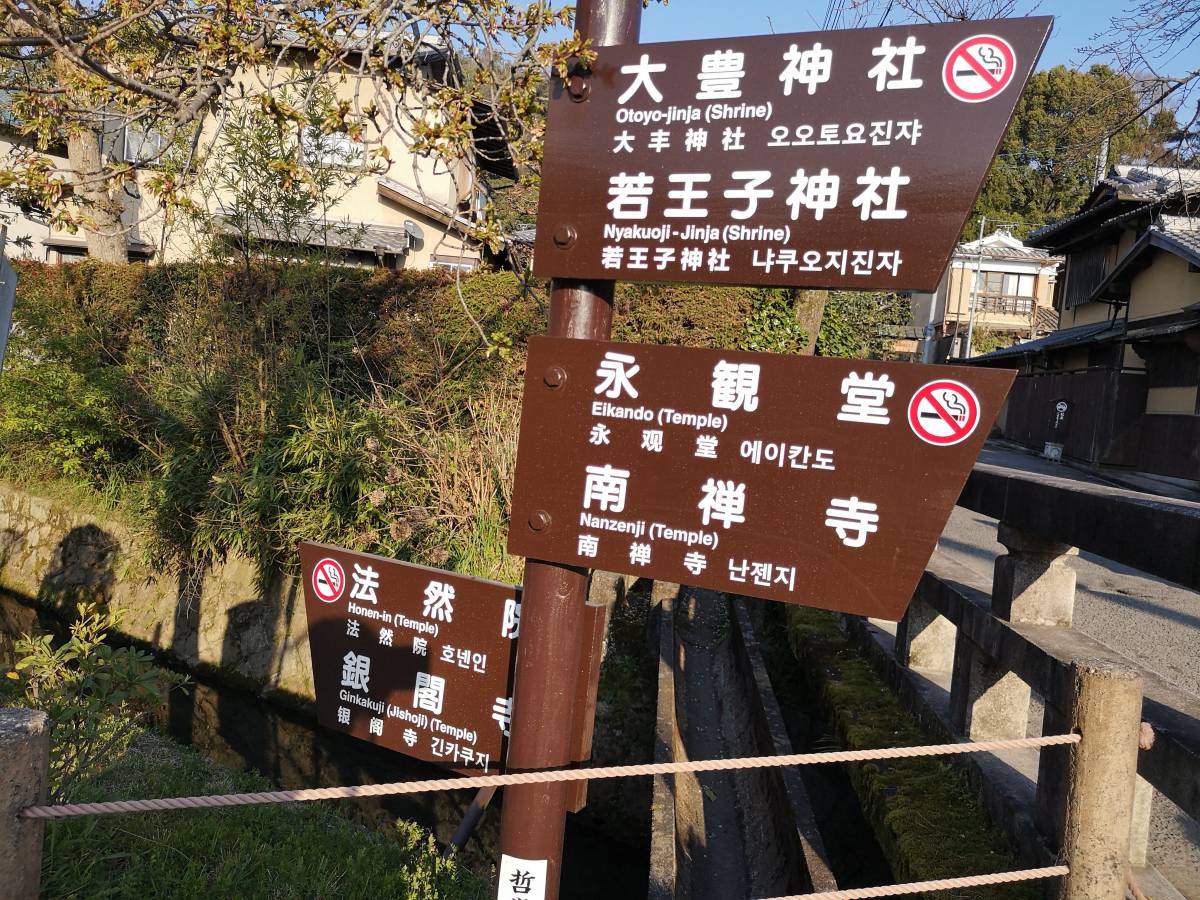
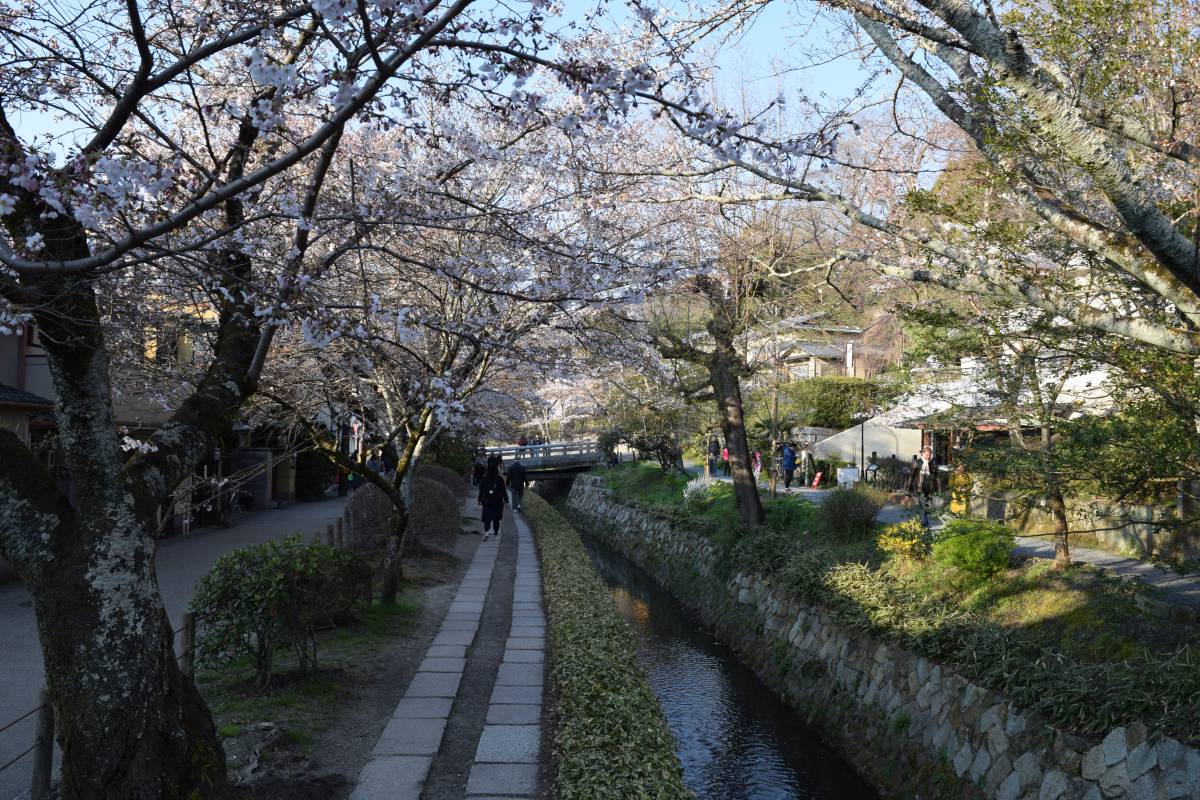
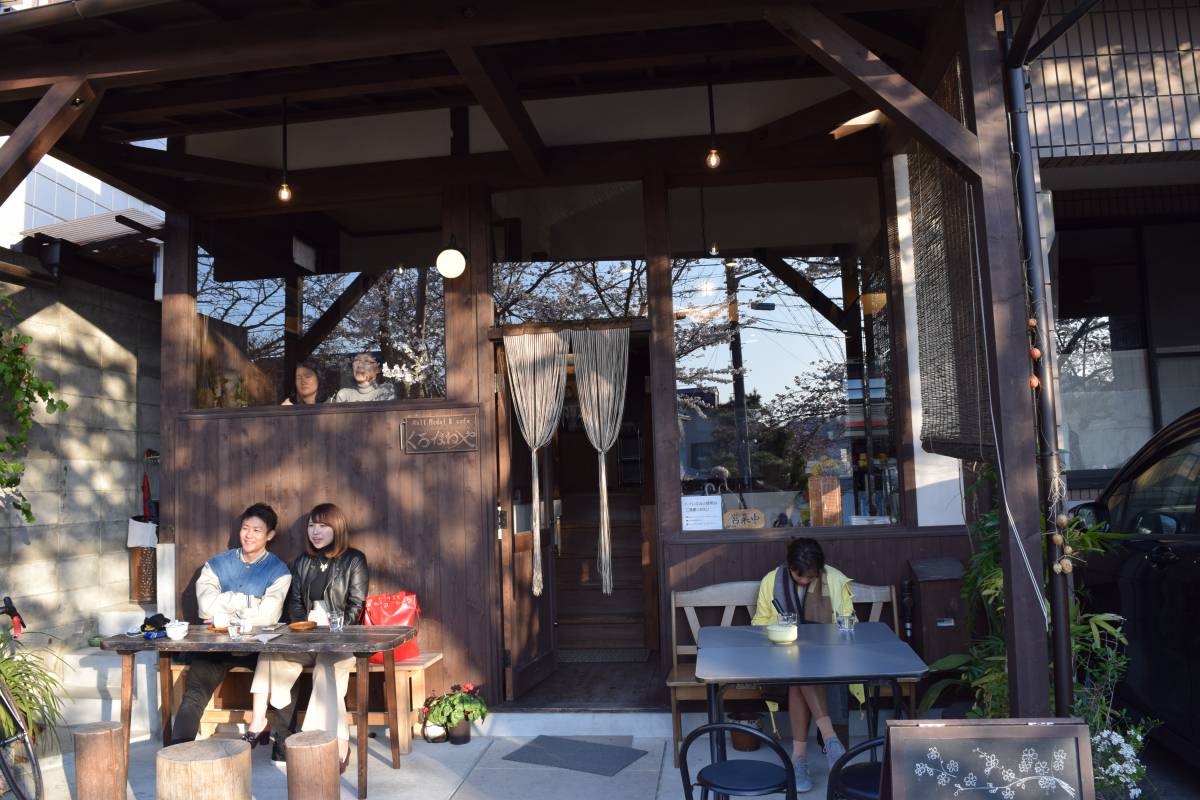
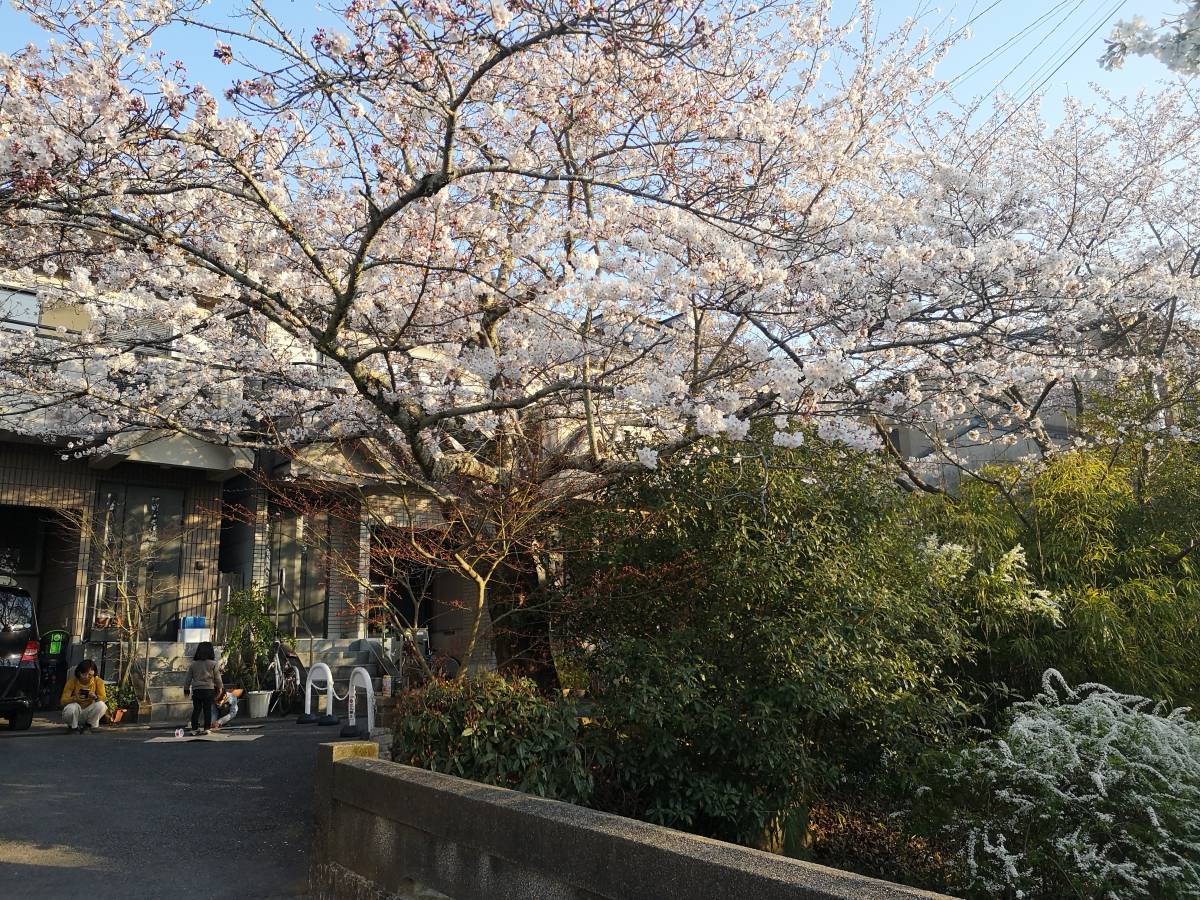
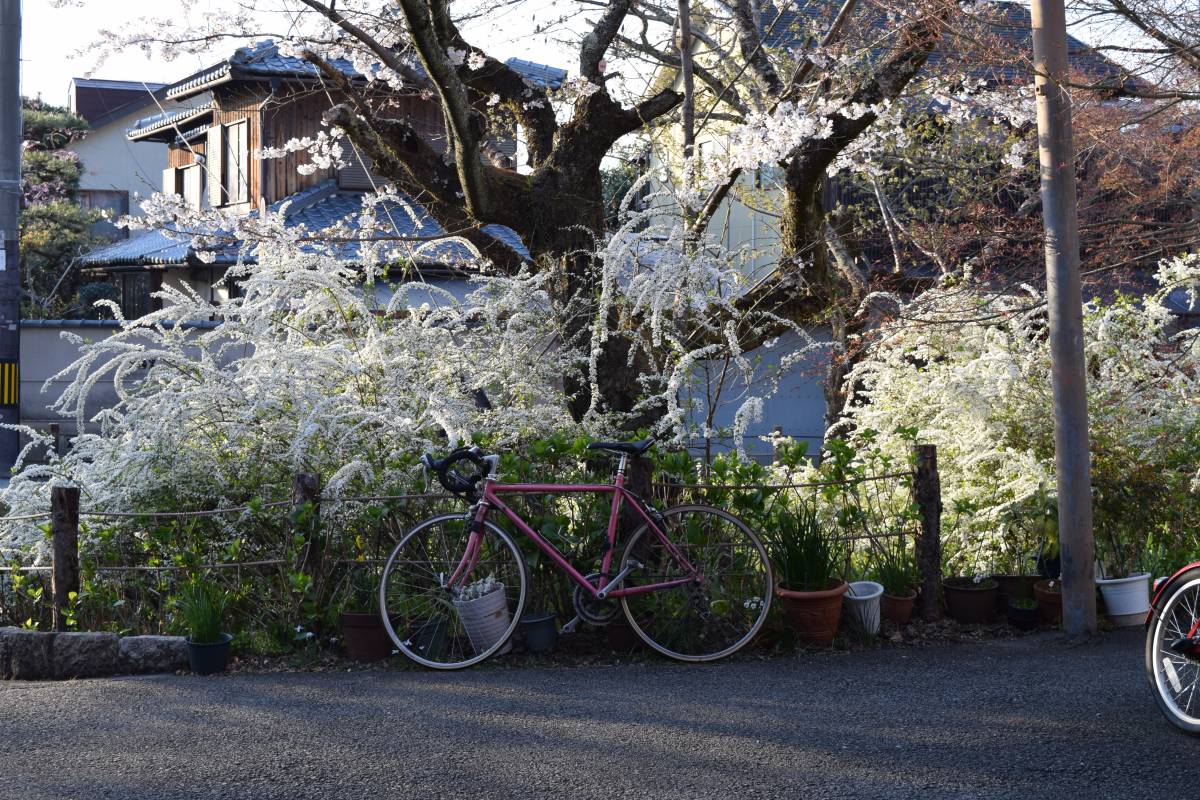 Enjoying the cherry blossoms (sakura)
Enjoying the cherry blossoms (sakura)The Philosopher's Path (哲学の道, Tetsugaku no michi) is a pleasant stone path through the northern part of Kyoto's Higashiyama district. The path follows a canal which is lined by hundreds of cherry trees. Usually in early April these trees explode with color, making this one of the city's most popular hanami (cherry blossom viewing) spots.
Approximately two kilometers long, the path begins around Ginkakuji (Silver Pavilion) and ends in the neighborhood of Nanzenji. The path gets its name due to Nishida Kitaro, one of Japan's most famous philosophers, who was said to practice meditation while walking this route on his daily commute to Kyoto University.
On our way back to the hotel we spotted a restaurant named GYOZA OHSHO. Sounds very Japanese, so decided to have dinner there.
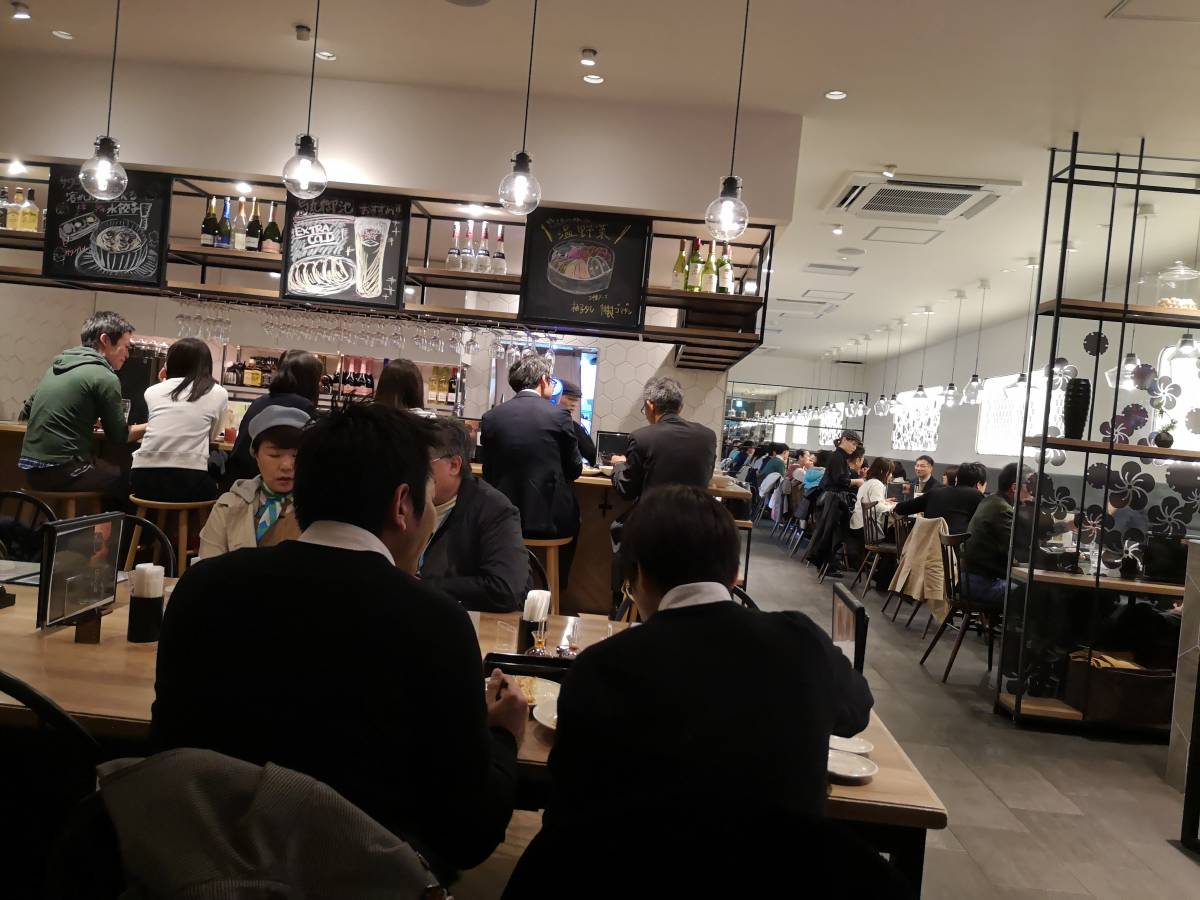
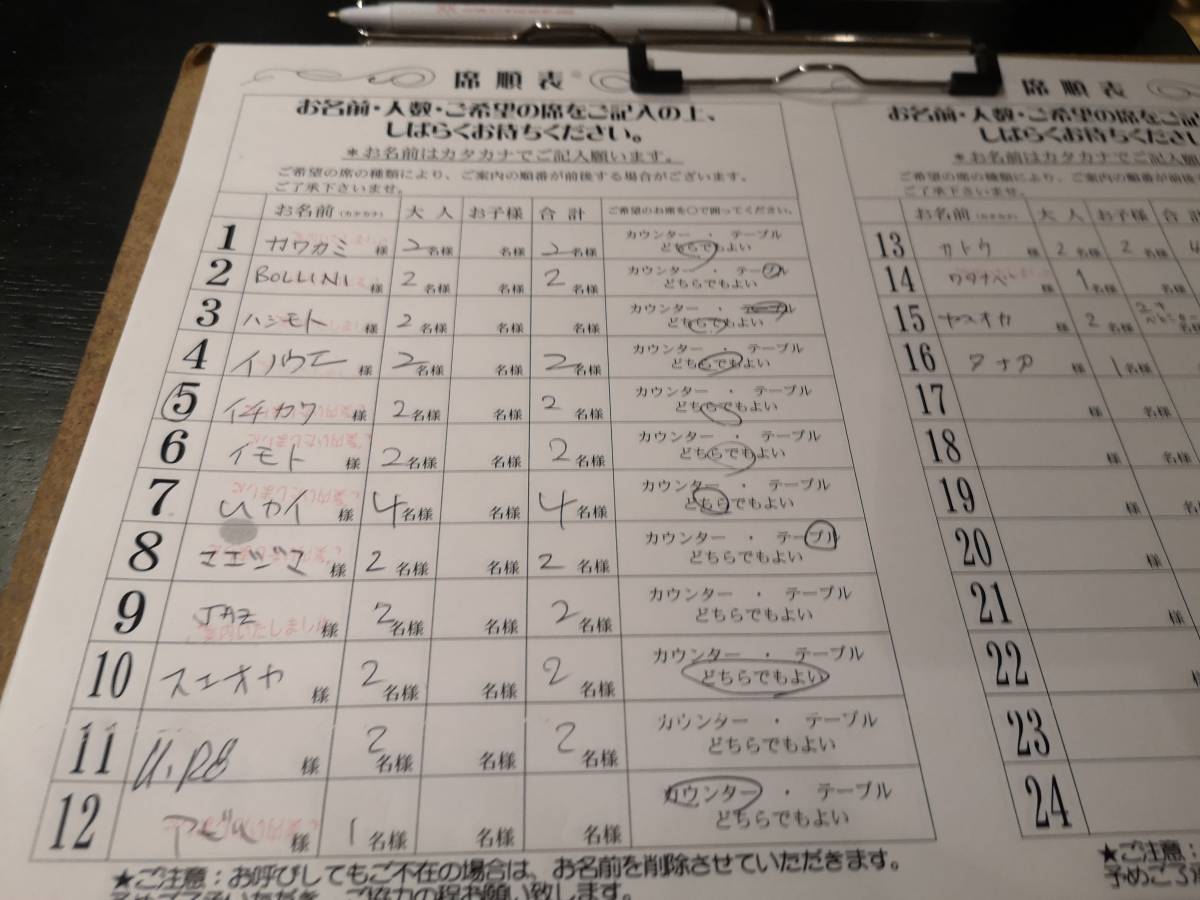
As we entered the place it is obviously a popular restaurant. The waitress asked us to register our name and wait for a free table. We are number 9.
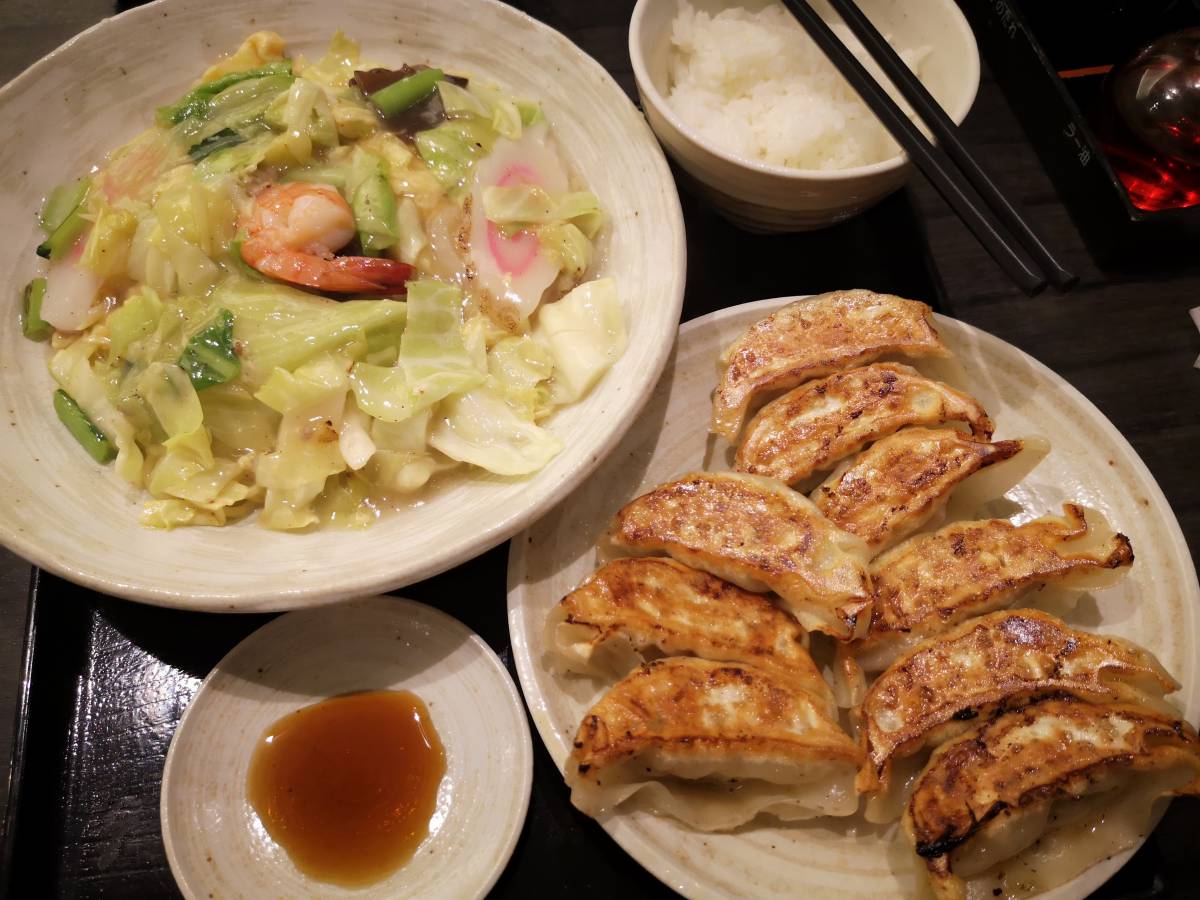 Orders including Gyoza of course
Orders including Gyoza of course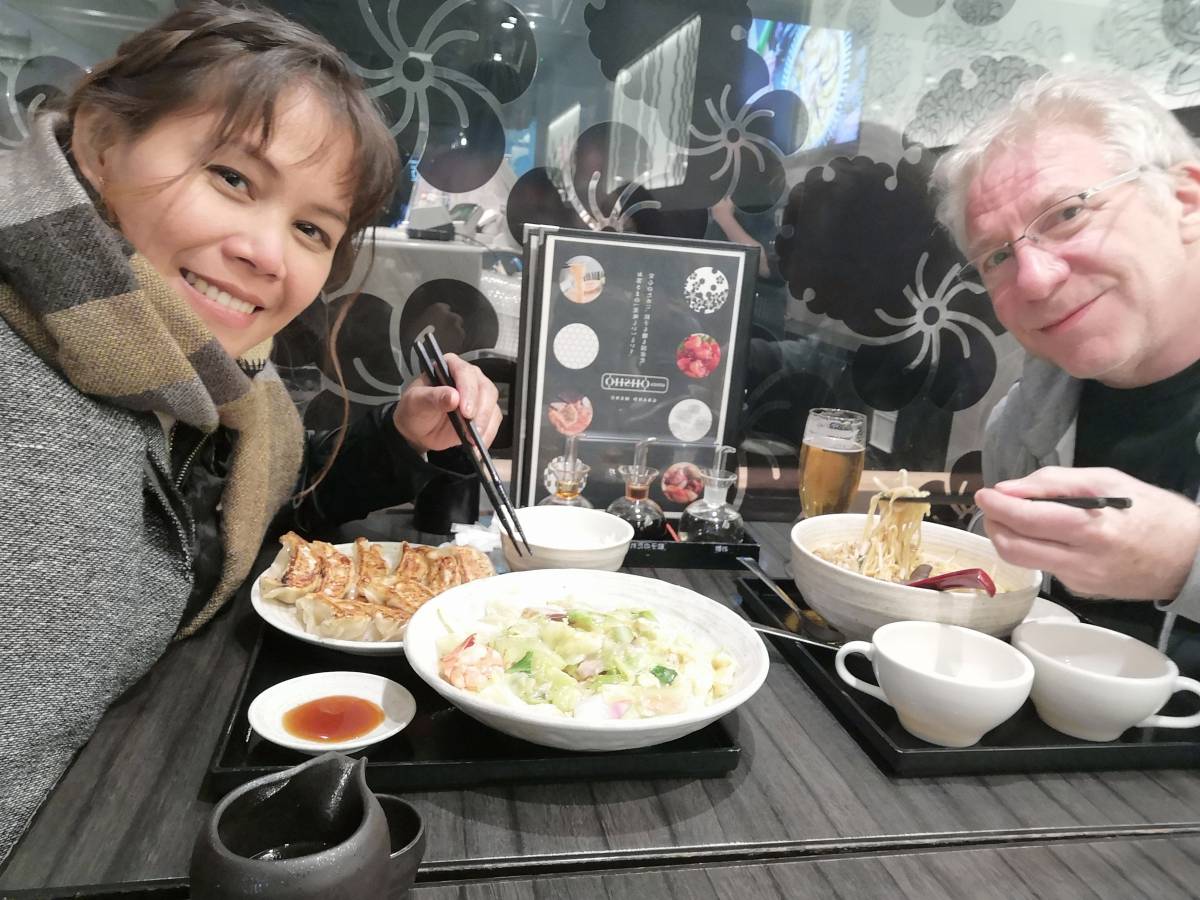 Bon appetit
Bon appetitTHE ORIGINS OF GYOZA
Gyoza is a typical dish in Japan. Japanese cuisine has adapted the traditional recipe of Chinese dumpling to the taste of the rising sun. This Japanese dumpling is directly descended from the Chinese jiaozi, which consists of an outer skin of wheat-based dough encasing a pork and a vegetable stuffing.
It seems that the adoption of gyoza by the Japanese people is recent: it goes back to the Sino-Japanese war, from the beginning of the 1930s, during which time the two countries' peoples maintained contact. It was during the invasion of Manchuria in particular that the Japanese would have learned the recipe for these dumplings from the Chinese.
THE CHARACTERISTICS OF GYOZA
This Japanese dumpling is shaped like a half-moon. It differs from its Chinese counterpart in the texture of its dough and the seasoning of its stuffing: gyoza contain more garlic, and the dough is generally thinner and lighter. It can be browned (yaki-gyoza), boiled (sui-gyoza) or deep-fried (age-gyoza).
Yaki gyoza is the most common type of cooking in Japan: the dumplings are fried on one side in a frying pan, then water mixed with a little cornstarch is added to the hot pan before being covered for a few minutes. It's this mode of cooking that sometimes attaches them to one another. These are hanetsuki gyoza , literally "winged gyoza". These gyoza are then served with the grilled side facing upwards.
Traditionally, gyoza are stuffed with minced pork mixed with green onions, spring onion, cabbage, ginger, and garlic. But nowadays, some establishments offer alternate recipes - such as shrimp or seafood - and experiment with different flavors. You can even find cheese gyoza in some specialty restaurants!































.jpg)













.jpg)






Comments powered by CComment